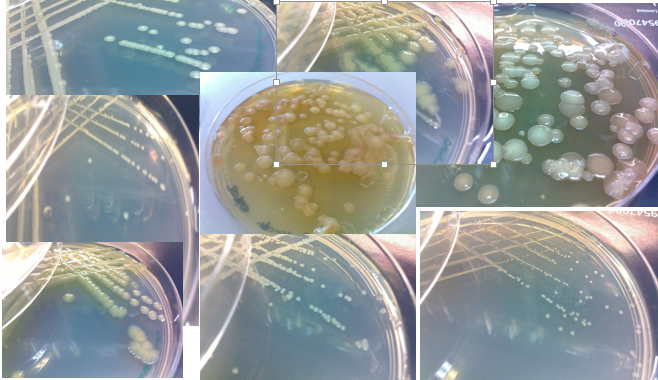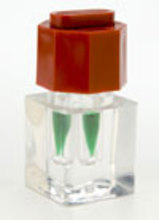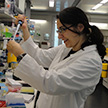You might feel a little sick, you might go to your local GP and they give you antibiotics to kill off an infection that has been bugging you. Silly germs, I hear you say! But did you know that the bacteria causing your infection has a few things in common with bacteria growing in your kitchen sponge? Guess what, the bacteria on the mop that mum uses to clean the floor with has a few things in common that infectious bacteria too! I can tell you right now that what they have in common is this crazy need to swap and trade their DNA as though it was a packet of Pokemon trading cards! We call this horizontal gene transfer!
To investigate horizontal gene transfer, first up we have to get our hands on a lot of clinical isolates called Pseudomonas aeruginosa. This bacteria is a big problem in hospitals, its a SUPERBUG. It keeps on living even when we throw every antibiotic at it. That is scary, and causes many deaths and complications in the hospital. So study how it became a superbug, and find ways to stopping this superbug, we need to grab bacteria related to Pseudomonas aeruginosa. Time to get our hands on some sponges and mops and isolate many different bacteria of those as well. Gross yet cool! (Fun fact: Pseudomonas aeruginosa smells like grapes! deadly but sweet!)

Here comes the epic part. Our work is all about looking at DNA, in particular, looking at DNA that loves to move about. We refer to this DNA as Mobile genetic elements (MGE for short). To look for this DNA we used an old school technique called Southern Hybridization and basically this is where you spot DNA from all of your isolates onto a positively charged membrane and wash it with more DNA! Looks a little this:

Where you have a spot showing up, well you have a positive result for a Mobile Genetic Element. This is where you get excited because now you visually see the DNA that Superbug Pseudomonas aeruginosa has in common with the tame Pseudomonas living on your sponge (or on the sponge that belongs to your friend! )
You put your labcoat on one more time and you ask yourself: But how exactly did this DNA move? I know it loves to move, but how or why? To answer this, you design a clever little trap experiment. You make a little plasmid vector, stick it into one or more of these strange yet wonderful Pseudomonas 
and before you know it , you trapped your little DNA of interest. YOU CAUGHT IT MOVING! But Science is never clear cut. You now ask: How on Earth did it just do that? You and I now do a radioactive isotope course. We purify a protein of interest that is responsible for some of this DNA movement, we call it the Transposase. We order some DNA that we predict will make this protein jump for joy, we label this DNA with radioactive 32Phosporous (that we buy from Perkinelmer)  and run those two out on a gel called EMSA. (If I have a daughter I might call her EMSA!) That looks a little like so
and run those two out on a gel called EMSA. (If I have a daughter I might call her EMSA!) That looks a little like so  :
:
And before you know it, you have recovered some Pseudomonas from the domestic environment, you also recovered some from critically ill patients at the hospital, you looked at them at a fine molecular level and you say: Hey! Where did you come from, where did you go? I’m looking at Gene flow.











 and run those two out on a gel called EMSA. (If I have a daughter I might call her EMSA!) That looks a little like so
and run those two out on a gel called EMSA. (If I have a daughter I might call her EMSA!) That looks a little like so  :
: Print this profile
Print this profile